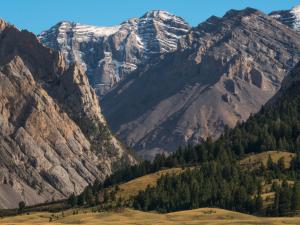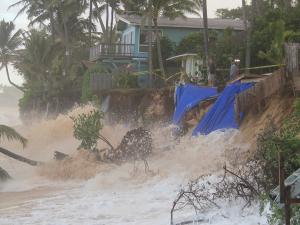Disaster Planning
The challenges posed by climate change are significantly altering the types and magnitudes of hazards and vulnerabilities that communities, emergency management professionals, and planners face today. In light of the range of multi-hazard risks and location-specific vulnerabilities, emergency managers may need to simultaneously respond to disasters and support preparedness efforts through comprehensive planning.






